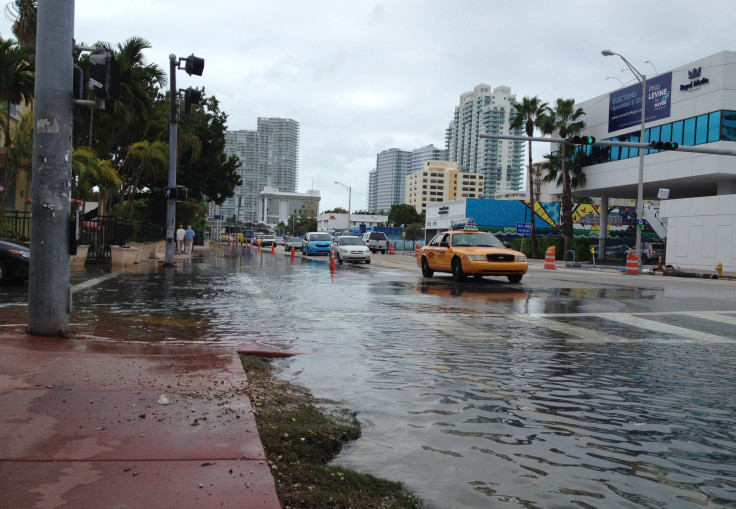Rising Sea Level To Impact US Coastline By 2050; Southeast, Gulf Coast Most Affected
KEY POINTS
- The U.S could face a sea level rise of up to 12 inches above current levels
- Effects like El Niño and La Niña could amplify sea level rise by the mid-2030s
- The projected rise for the Gulf coast is about 1 foot by 2050
Sea levels are on an unprecedented rise all over the world. Closer to home, the U.S. coastline, especially the Southeast and the Gulf coasts, is predicted to be impacted by rising sea levels by 2050, a NASA study has found.
The study, published in the journal Communications Earth and Environment, came to this conclusion by analyzing three decades of satellite observations. The coastlines of the contiguous U.S. could face a sea level rise of up to 12 inches above current levels, according to a statement.
The Gulf Coast and Southeast will reportedly be the worst off, as these coastlines will likely experience increased flooding from storms and tides in the future.
"NASA's findings appear robust and they are not surprising. We know that sea level rise is accelerating, and we know why," Jonathan Overpeck, an interdisciplinary climate scientist at the University of Michigan who was not involved with the research, said, reported LiveScience. "More and more polar ice is melting, and this is on top of the oceans expanding as they warm. Clearly, the sea level rise will get worse as long as we let climate change continue."
The study was led by a team of researchers based at the Jet Propulsion Laboratory in California. The scientists compared satellite altimeter measurements of sea surface height with National Oceanic and Atmospheric Administration tide gauge records from over 100 years ago, according to Space.com.
"The quality of the satellite data is excellent, and so the findings are reliable," David Holland, a physical climate scientist and professor of mathematics at New York University who was not involved with the study, told LiveScience. "The study shows that the global ocean is rising, and more than that, the rise is accelerating. The projected rise for the Gulf coast of about 1 foot by 2050 is enormous. This can make hurricane-related storm surges even worse than is presently the case."
The findings of the study echo the "higher-range" scenarios presented in February in the multi-agency Sea Level Rise Technical Report. According to the report, U.S. coasts may face "significant sea level rise" within the next 30 years. The report suggested there would be 10-14 inches of rise on average for the East Coast; 14-18 inches for the Gulf Coast; and 4-8 inches for the West Coast.
With the rising sea levels here to stay, humans will need to find ways to co-exist.
"This could involve retreat in some places, raising land in other places, and defenses elsewhere," Robert Nicholls, director of the Tyndall Center for Climate Change Research in the U.K., who was not involved with the study, told LiveScience. "There is no one solution that will be applicable everywhere. If we follow this path the future is manageable. Equally, if governments and society ignore these issues, the future will be a real mess."
The study also indicated that effects like El Niño and La Niña could amplify sea level rise by the mid-2030s. Also, the U.S. coasts will encounter "more intense high-tide floods due to a wobble in the moon's orbit that occurs every 18.6 years," according to the statement.

© Copyright IBTimes 2025. All rights reserved.





















